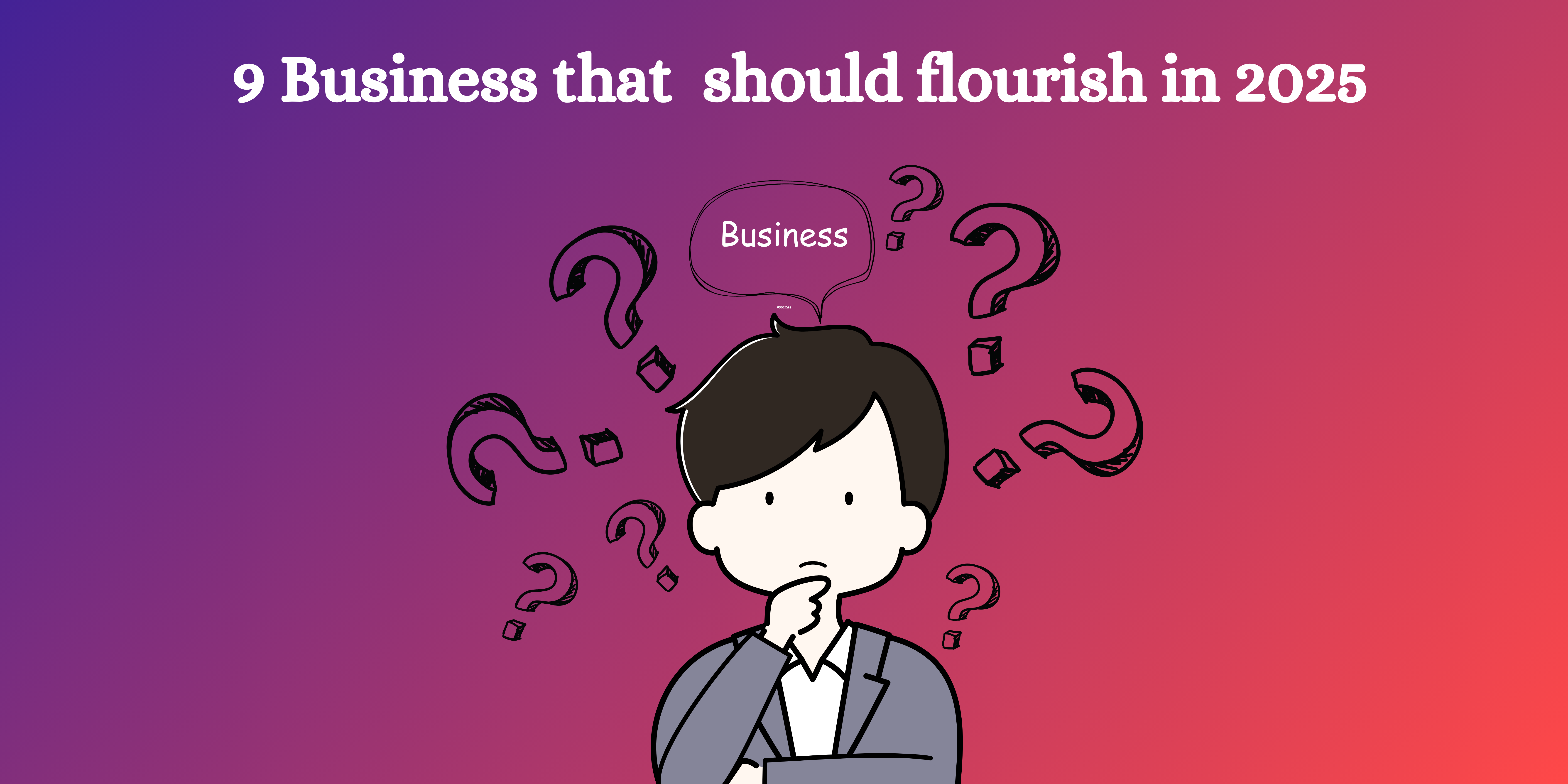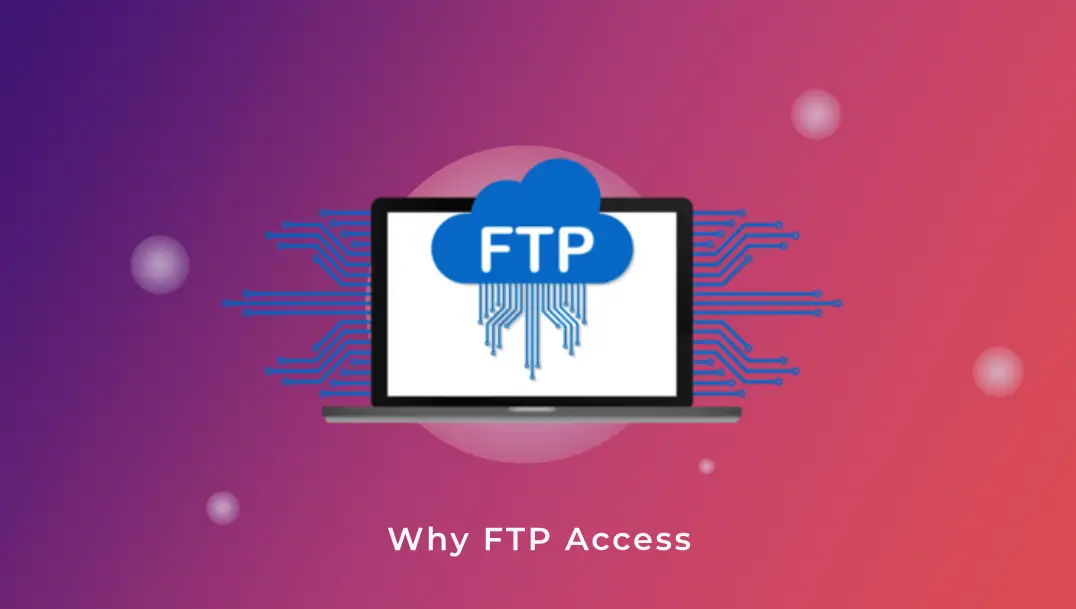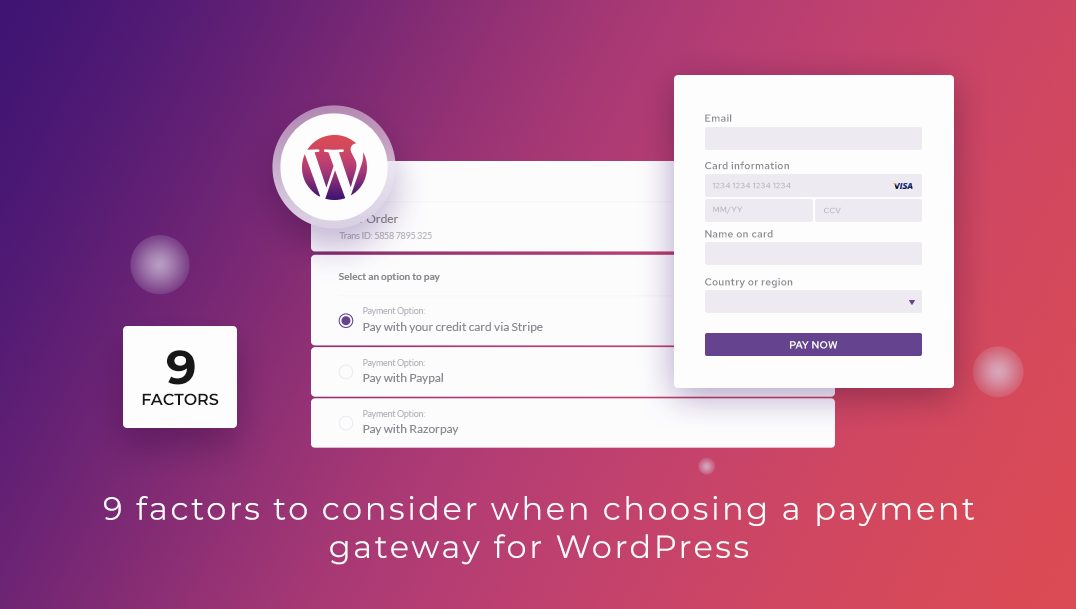We have focused like a laser on customer experience, and that really does matter.
– Jeff Bezos
Ever wondered how an online bookstore went on to be the largest online marketplace today? You guessed right; we are talking about Amazon, a company that started with $250,000 on 5th July 1994, generated total net sales of approximately 110.81 billion U.S. dollars in 2021.
Not just Amazon, online marketplaces have evolved from a “choice to have – to a have to have” option in recent years. And needless to say, after the pandemic, there is a sharp rise in the demand for creating a marketplace. So why not capitalize on this opportunity and get started now! We promise with proper planning, knowledge and strategies, your bumpy ride of creating an online marketplace is about to become smooth. So gear up as we are about to spill the beans on how you can kick-start your own online marketplace.
Before you invest…
As you have already landed here, it seems you are interested in creating an online marketplace. Yet, before you invest your time or energy into something, you should always assess its potential. Here are some stats to help you understand why creating an online marketplace will be profitable in the long run.
- By 2024, B2C marketplaces are expected to generate $3.5 trillion in sales. (Forbes)
- Online marketplace platforms accounted for 47 percent of all digital purchases worldwide. (Statista)
- One-third of all business in the United States “flows through e-commerce.” Marketplaces account for 63% of all transactions. (Forrester)
- For a first-time purchase, 14% would prefer to shop at an online marketplace. (Statista)
Now for the step-by-step guide on how to get started.
3 Steps to Creating a Marketplace
Step1 – Choose the Right Platform
Let’s get started with choosing the right platform. With numerous software options flooding the eCommerce industry, making the right choice can be extremely overwhelming. Choosing an Open Source Software like WordPress is not only pocket-friendly but also ensures that users have the most control over the website. Apart from that, you can also utilize the benefits of other software.
Step 2 – Turn WordPress in an eCommerce Site
The next step is to convert your WordPress website into an eCommerce website. WordPress’s WooCommerce plugin is perfect for this. WooCommerce is a free plugin that includes a plethora of useful features, such as order tracking, consumer engagement, delivery status updates, inventory management, and much more.
Step 3 – Select the Right Marketplace Plugin to Get Started
The third step is to transform your eCommerce store into a multi-vendor marketplace. For that, you can use a marketplace plugin like MultiVendorX. MultiVendorX is a free WordPress plugin that comes with several features that make it easy to develop any marketplace you want.
But, no matter which marketplace you want to create here are –
7 features you will need in an Online Marketplace:
If you wish to create a successful marketplace, you must satisfy the needs of both sellers and buyers at the same time. So, while selecting features, make sure you can easily manage the marketplace while providing the best possible experience for your sellers and buyers. Here we have enlisted 7 must-have features in an online marketplace.
Inventory Management – Suppose a vendor has 1000+ products. Then keeping track of them is surely a good idea. But how will the vendor keep track? With his old diary. Doesn’t sound that convenient right? This is why inventory management in the marketplace is important for vendors. With an inventory management system vendors will be able to know the stocks available in real-time. This way they can restock products before they sell out completely!! 😊😊😊
Business Analytics Tool – You can manage and review all available data of your site, like top-selling products, sales, profit, and so on. You can also analyze the growth of your marketplace and make important business decisions. Having analytical tools like BI Tool can be a real game-changer.
Detailed Sales Report – Having a detailed sales report of your marketplace can be a great idea because admins can determine vendors who are performing better than others. By analyzing the total sales report, he or she can ascertain products that sell better and products that need help. Along with this, you can also reduce the unpopular fields and increase the market’s success.
Flexible and Secure Payment – Suppose you have only PayPal in the marketplace. Can it serve all the customers? No right. You also added Stripe to it. Will it now do the job? What about people who still have trust issues with online payments? This is why you need to offer multiple payment options to your customers and vendors. In addition, the payment systems should have explicit security procedures because they deal with personal details and information.
Easy Vendor Registration and Onboarding Process – As the owner of the marketplace, you need to understand that many vendors may not know all the complex procedures of registration. And what if a vendor wants to connect with your marketplace and gets anxious because of the lengthy onboarding process and leaves halfway? I mean you can add the necessary ID checks, location, etc but there is no need to go extra and add 20 fields to the registration form.
Separate Dashboard for Vendors – Vendors should have the capability of managing their stores from the frontend. How? You can provide a separate vendor dashboard to add more convenience to the vendor’s management process. From the vendor, dashboard vendors will be able to add, edit, publish products and analyze total sales, profit, loss, etc.
Ratings and Reviews – Ratings and reviews help customers to know which products are actually better and worth purchasing. With this feature, consumers can make more informed purchase selections based on user reviews. And the positive reviews will create a better impression about your marketplace. This will eventually grow your marketplace.
Cost and Time required to Create a Marketplace
Here, we estimated the cost and time of creating an online marketplace like Amazon.
The cost of building an online marketplace like Amazon-
A core capability of Amazon is to serve as a multi-vendor online marketplace and its pricing will vary depending on the features offered. Nevertheless, it wasn’t built overnight. In the beginning you can build a minimum viable product, then add advanced features gradually. Still, a replica of Amazon might cost between $40,000 and $90,000.
Time required to create an online marketplace like Amazon?
We may sound like a broken record here, but the time you will require also depends on the size of your marketplace. I mean Amazon has thousands of vendors and millions of products to manage. Building something like Amazon in one go will certainly take more time. But even if you’re just starting out, you’ll still need to devote a significant amount of time to establish an online store with your desired features and interface.
Feeling squeezed by the total cost and time required to do everything?
Then leave them. Not the desire for creating a marketplace, but all the hassle of setting one up. How?
Create your online marketplace with MultiVendorX. This WordPress-WooCommerce plugin will help you in creating your dream online marketplace in no time. Also, you can set up and manage the marketplace without breaking the bank. Now as we are at the end of the blog. It’s time to give you a surprise. What if we tell you could experience the whole thing for free before investing your hard earned money? Do you think we’re crazy? Not at all buckle up and give it a shot by yourself.






